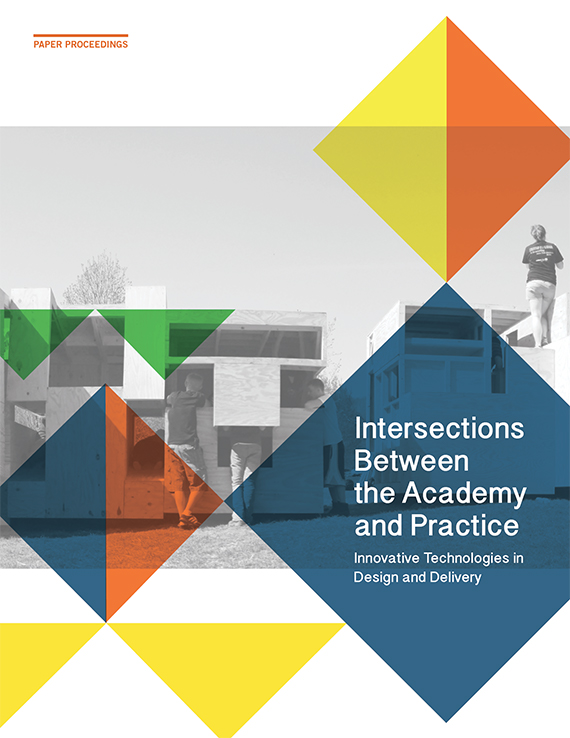Author(s): Lonn Combs & Filip Tejchman
A glance at the recent history of the evolving conceptual relationship between energy and building related disciplines, reveals the coextensive emergence of tools and crisis. Whether economic, environmental, technological or cultural, these conditions are shadowed by an analogous — and exponential — leap in the power of computing along with a reciprocal decline in its cost (Figure1). Moreover, it is not a coincidence that the progressive growth of computation based tools used in the evaluation of interior atmospheres is paralleled by similar historic benchmarks in twentieth-century environmentalism. First adopted in 1965, the ASHRAE Standard 55 (Thermal Environmental Conditions for Human Occupancy), for example, established a metric for indoor thermal comfort, and arrived during an era which saw the first energy crisis and also began to consider the impact of buildings within ecologies.
https://doi.org/10.35483/ACSA.AIA.Inter.16.5
Volume Editors
Rashida Ng & Jeff Goldstein
ISBN
978-1-944214-04-3

 Study Architecture
Study Architecture  ProPEL
ProPEL 
